Effective Watering Tips
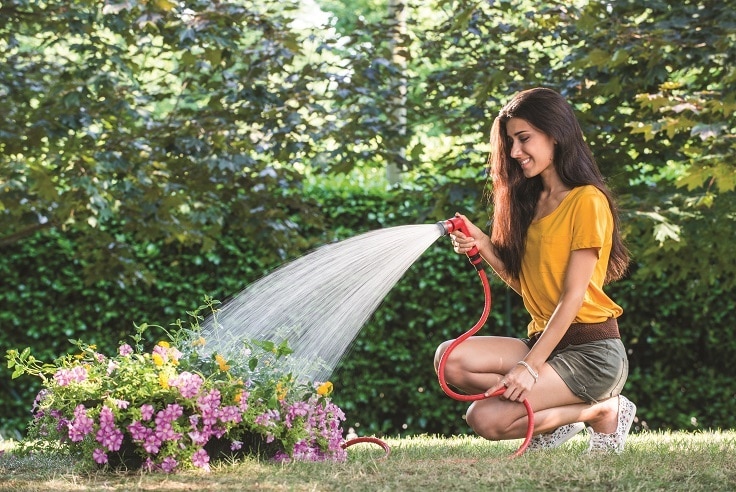
Keeping plants well-watered is really important - it’s absolutely vital that they receive enough moisture every day in order to grow and thrive – and if there’s been no rain, it’s up to us to supply that water.
Top tips
Add organic material, such as well-rotted manure, when planting – this gives natural moisture-retentive properties to the soil, and mulching around established plants gives them an extra layer to stop the soil drying out. Even a top-dressing of gravel will keep the heat of the sun from baking the soil around your plants.
Reduce the weeds – if you can get rid of any weeds which will take water away from the plants you want to grow, it will make your watering much more effective. Weeds are great at building very effective root systems, giving them a head-start on using up the moisture in the soil.
Many hands make light work - get all the family involved, and make watering fun! Instead of watering cans, toddlers could use plastic cups or seaside buckets, maybe even fill a toy wheelbarrow. You can make a great DIY watering can out of a plastic milk carton – remove the lid and carefully drill several small holes in it, fill the carton with water, replace the lid and there you have it!

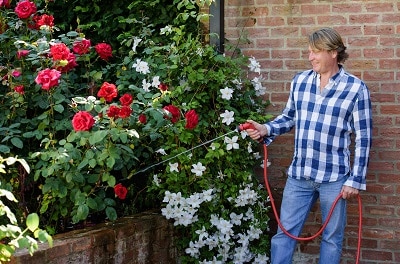
In containers, or for new planting in hot weather, try adding moisture-retentive granules to the compost. Some container composts come with this already added, and it’s definitely a bonus in smaller pots and planters, which tend to dry out very quickly. Each little granule swells up when you water, storing additional moisture and releasing it once the plant starts to dry out again.
Make a mini planter reservoir – this one’s perfect for parents, because you’ll need a disposable nappy! Cut a section of nappy to fit the base of your pot, place it plastic-side down and fill the pot with compost and plant up normally, for an extra water-retentive layer.
If you have newly planted borders, or a collection of pots on the patio, a trickle irrigation system can be useful - particularly if you’re going on holiday. You can buy a system that will gravity-feed from a rainwater butt, with narrow pipes leading to each plant, and whilst this may take a while to set up, it can certainly save time and effort.
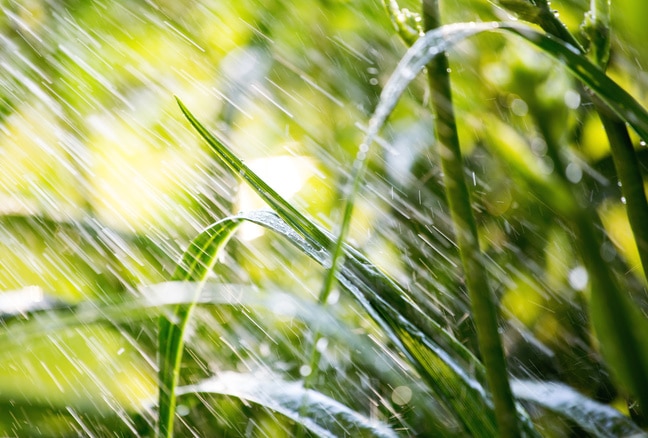
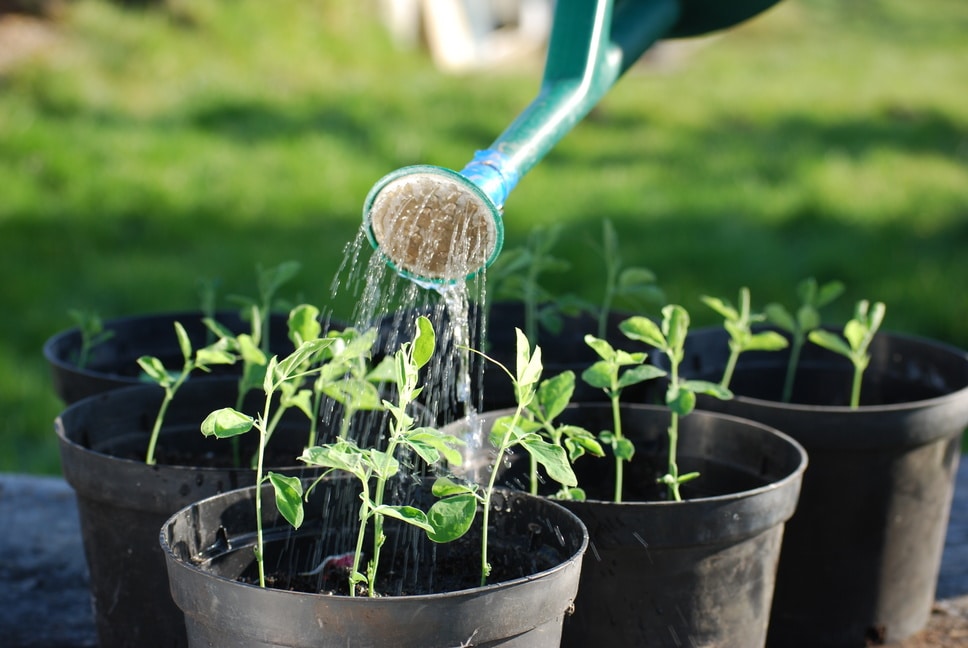
Watering spikes are also good for planters, or for newly planted shrubs or trees which will need a bit more TLC until their root systems become established. If you like a bit of recycling, a long-necked plastic bottle makes a great freebie version – take off the cap, cut off the bottom and push the bottle neck deep into the soil near the plant. Fill the bottle up with water, and keep topping it up as required, to target the moisture at the roots.
In the greenhouse, or for pots on a balcony, capillary matting is a good old favourite. Standing the pots on soaked matting will allow the moisture to be taken up steadily, without causing waterlogging. It’s important that the pots sit flat on the matting and that you keep adding water as it’s used – why not try a very slow trickle hose, to gently keep the matting topped up from a rainwater butt.
If you only have a few minutes to spare, water the smallest containers, any fruiting plants such as strawberries or tomatoes and newly planted trees and shrubs first – their needs are greatest. Avoid watering in the middle of the day, choosing to water early in the morning or at night instead, and aim to soak each plant at the base, and you won’t go far wrong.
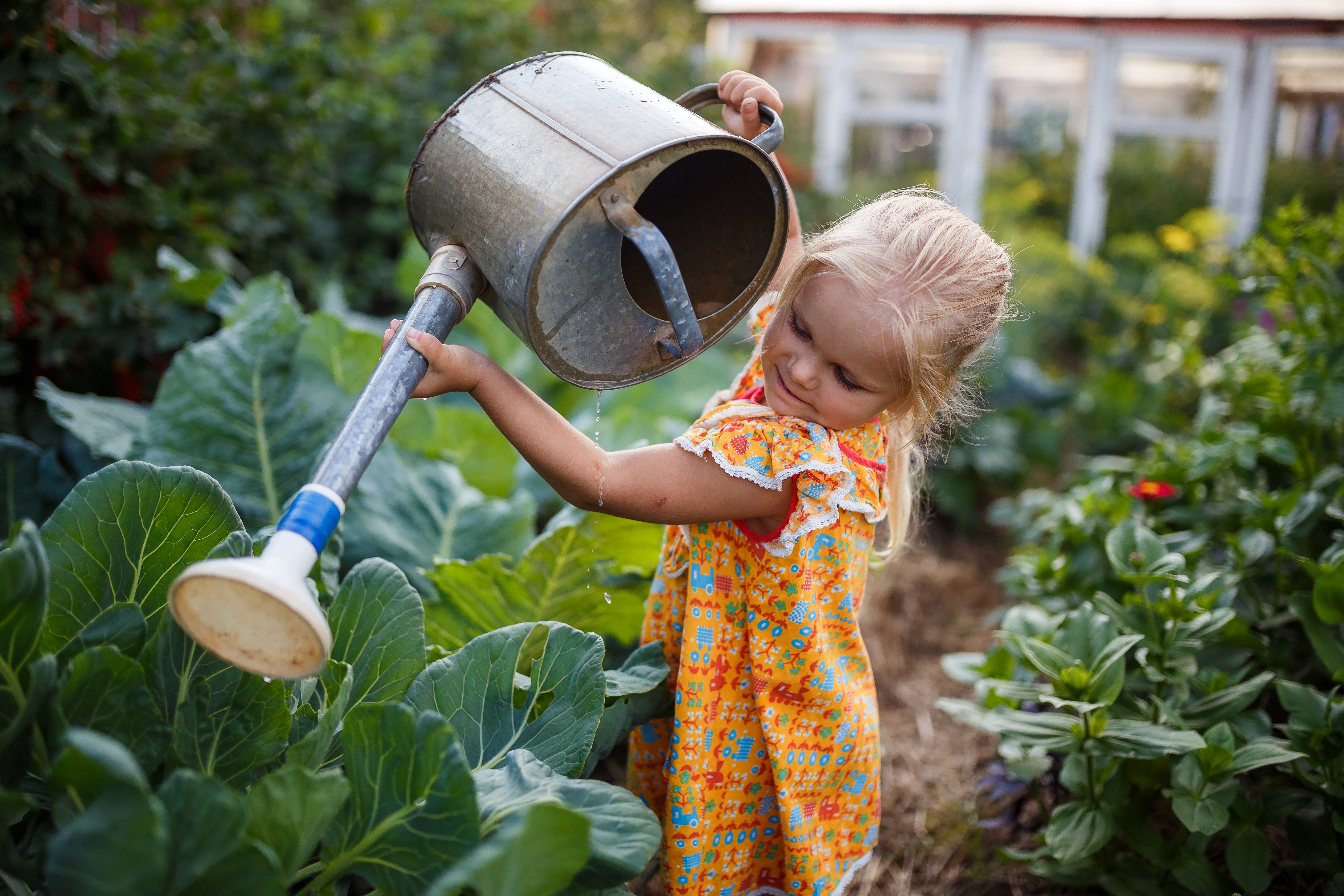
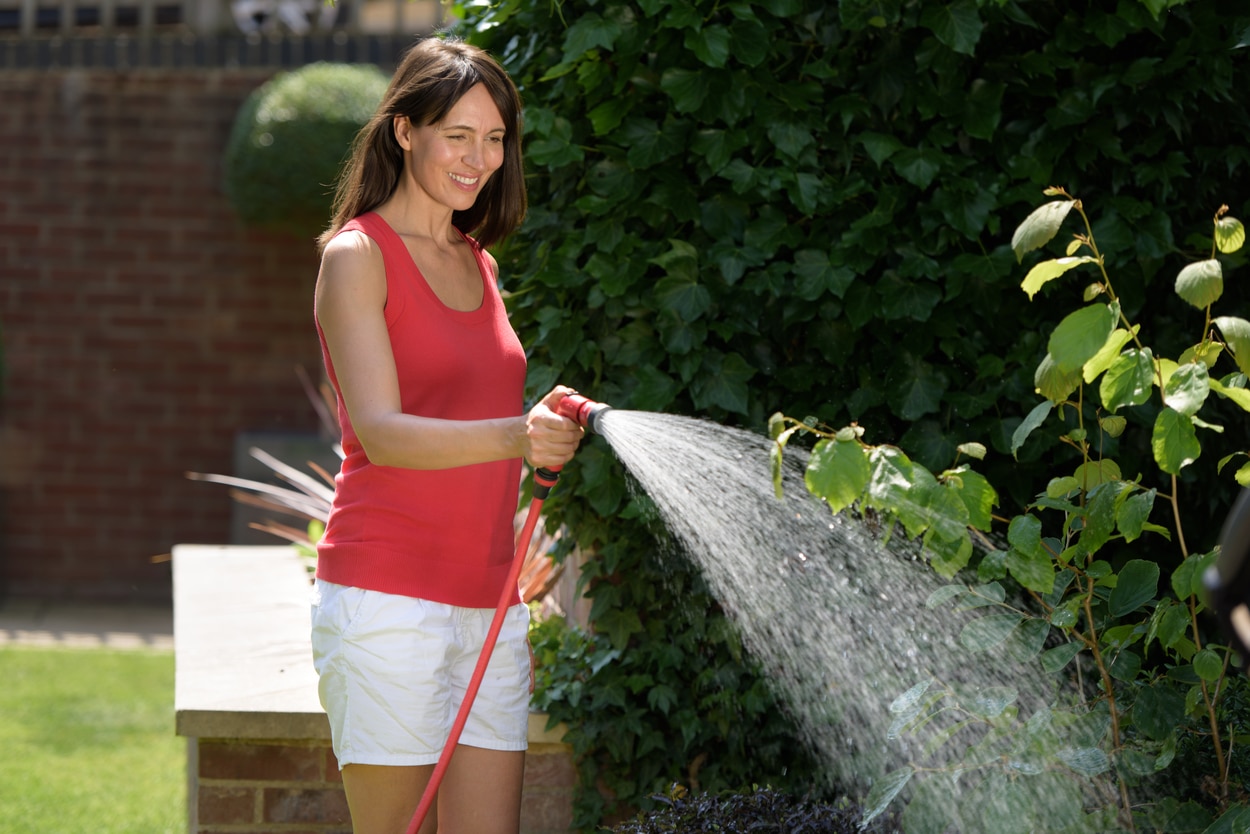
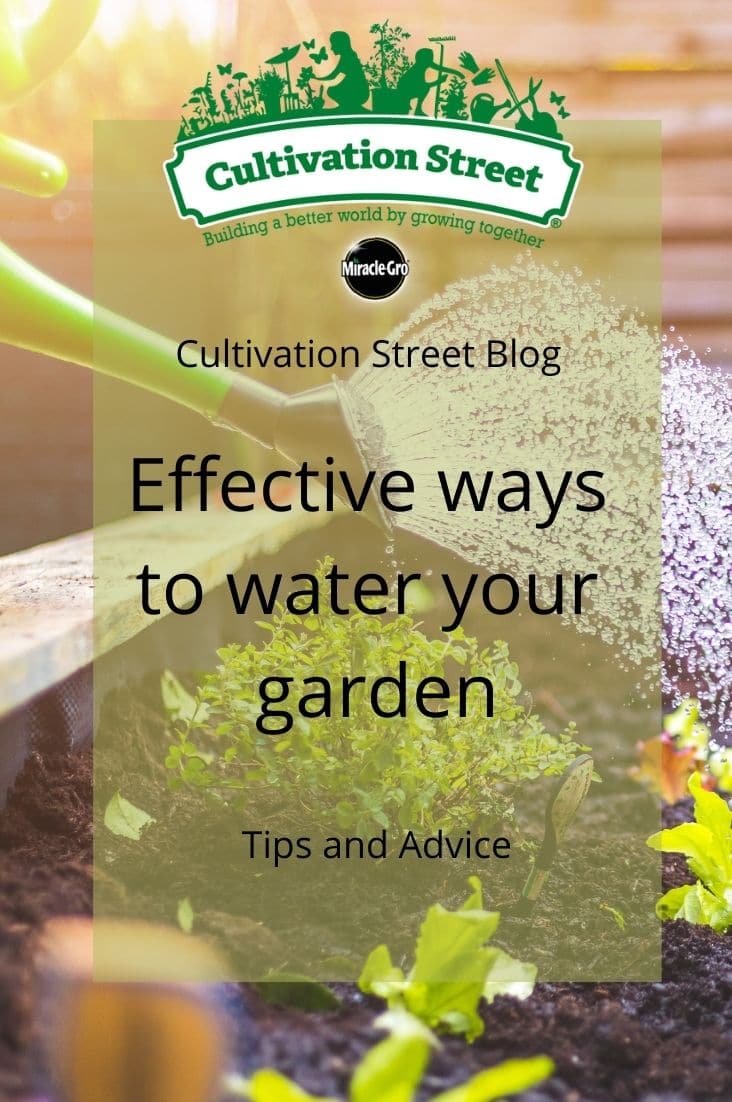
Cultivation Street 2021 Entries are now open. You are able to enter your written form separately to your images if they're not ready yet! Click the link below to enter!

